|
On this day in 1943, the seven crew members of Lancaster ED559 should have returned to their base at RAF Grimsby. Sadly, their aircraft disappeared and we remember the seven crew members that made the ultimate sacrifice. F/Lt Richard A. Curle (Pilot) — RAF 121280 (Age 28)
Sgt David A. Hart (Flight Engineer) — RAF 567377 (Age 24) F/O Harry Riding (Wireless Operator) — RAAF 403699 (Age 25) F/O Errol C. Crapp (Navigator) — RAAF 411113 (Age 24) P/O Charles S. Challoner (Bomb Aimer) — RAF 131995 (Age 37) Sgt Daniel L. Gooch (Mid-Upper Gunner) — RAF 1336491 (Age 19) Sgt Garnet W. Durdin (Rear Gunner) — RAAF 416149 (Age 25)
1 Comment
It's Armistice Day today and Remembrance Sunday tomorrow. All those years ago seven men left an airfield in northern England and sadly never returned. We remember them and their sacrifice.
F/Lt Richard A. Curle (Pilot) — RAF 121280 (Age 28) Sgt David A. Hart (Flight Engineer) — RAF 567377 (Age 24) F/O Harry Riding (Wireless Operator) — RAAF 403699 (Age 25) F/O Errol C. Crapp (Navigator) — RAAF 411113 (Age 24) P/O Charles S. Challoner (Bomb Aimer) — RAF 131995 (Age 37) Sgt Daniel L. Gooch (Mid-Upper Gunner) — RAF 1336491 (Age 19) Sgt Garnet W. Durdin (Rear Gunner) — RAAF 416149 (Age 25) A dedication took place in 4 March 2023 at the grave of Richard Curle, organised by Monsieur Pascuali, President of the Château d'Oléron Veterans Association in association with the town hall on the island. A new plaque was unveiled on Richard's grave.
M. Pascuali organised the tribute ceremony that took place on 4 March 2023, the 80th anniversary of the loss of the crew aboard Lancaster ED559. More images can be seen on this Facebook link. Unfortunately, I had not been informed of the event happening. My thanks to Luis Garrido for the information about the event. I am once again indebted to Luis Garrido for the following images. He was visiting the gave of Richard and noticed a new memorial has been added. It's uncertain at this time who was responsible for this. There is a small coat of arms at the base but I currently do not know which organisation this represents. Hopefully, we'll find out more in the future.
Lovely to see someone decided to add this to the grave. On this Armistice Day, 11th November, 2022 we remember all those who served and those that made the ultimate sacrifice for the freedoms we enjoy today. Amongst those lost were the seven men onboard Lancaster ED559.
F/Lt Richard A. Curle (Pilot) — RAF 121280 (Age 28) Sgt David A. Hart (Flight Engineer) — RAF 567377 (Age 24) F/O Harry Riding (Wireless Operator) — RAAF 403699 (Age 25) F/O Errol C. Crapp (Navigator) — RAAF 411113 (Age 24) P/O Charles S. Challoner (Bomb Aimer) — RAF 131995 (Age 37) Sgt Daniel L. Gooch (Mid-Upper Gunner) — RAF 1336491 (Age 19) Sgt Garnet W. Durdin (Rear Gunner) — RAAF 416149 (Age 25) |
AuthorAs and when information is found I'll post to this blog. Archives
November 2023
Categories |
- About ED559
- The Crew
- Building ED559
- RAF Grimsby (Waltham)
- 100 Squadron
- The Target
- The Lost
- Remembering ED559
-
Research about ED559
- Caterpillar Club
- Lancaster loss card
- Crew memorials
- F/Lt Richard A Curle RAFVR Record of Service
- Harry Riding's Flying Log Book - 1942/43
- Letter from Wing Commander J.G. Swain
- Night Bomber Report
- Guy Normandin
- German defences in the Gironde
- RAF Gardening Operations during the Second World War
- Pilot Officer Robert Herbert Chapman
- About me
- Links
- Contact
- Blog
- Wheel

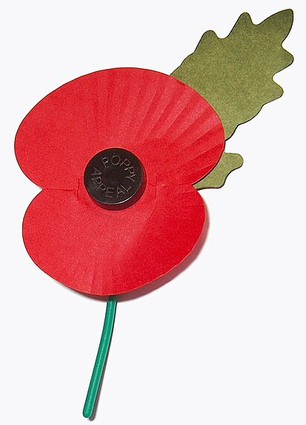
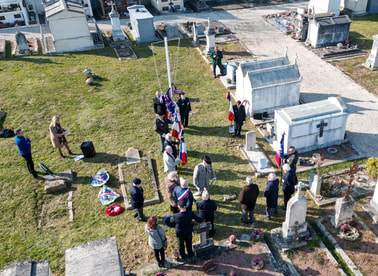
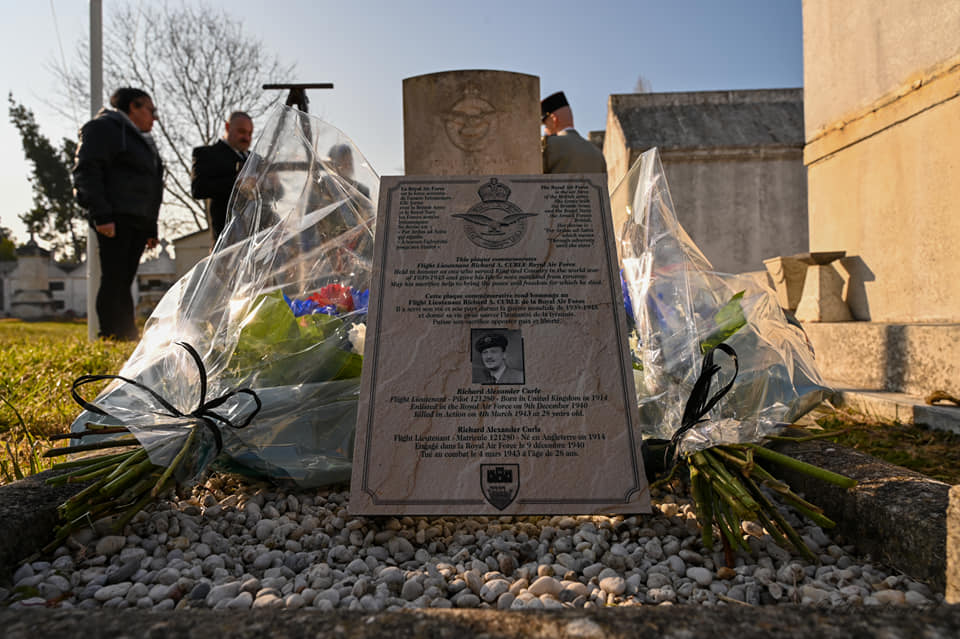
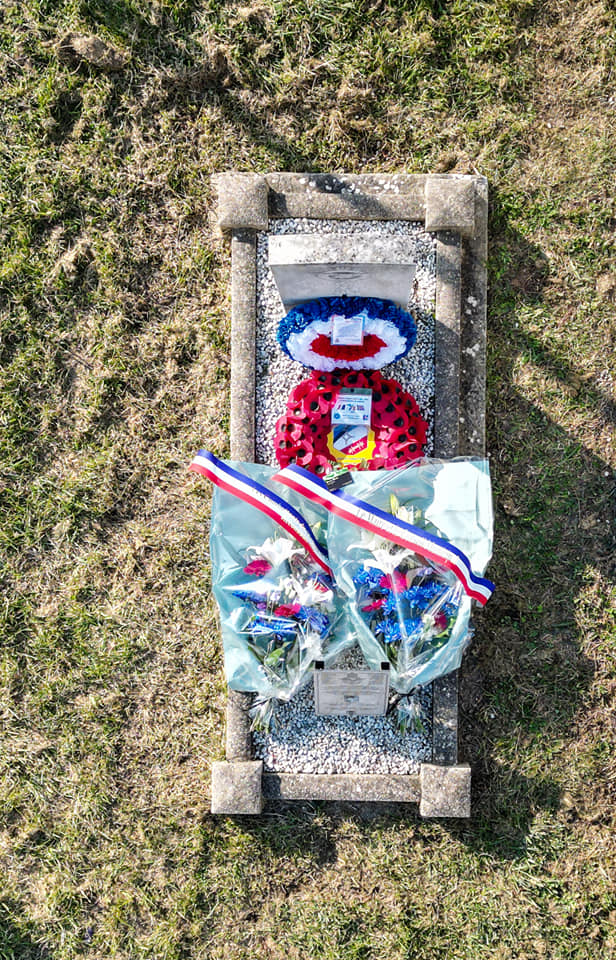
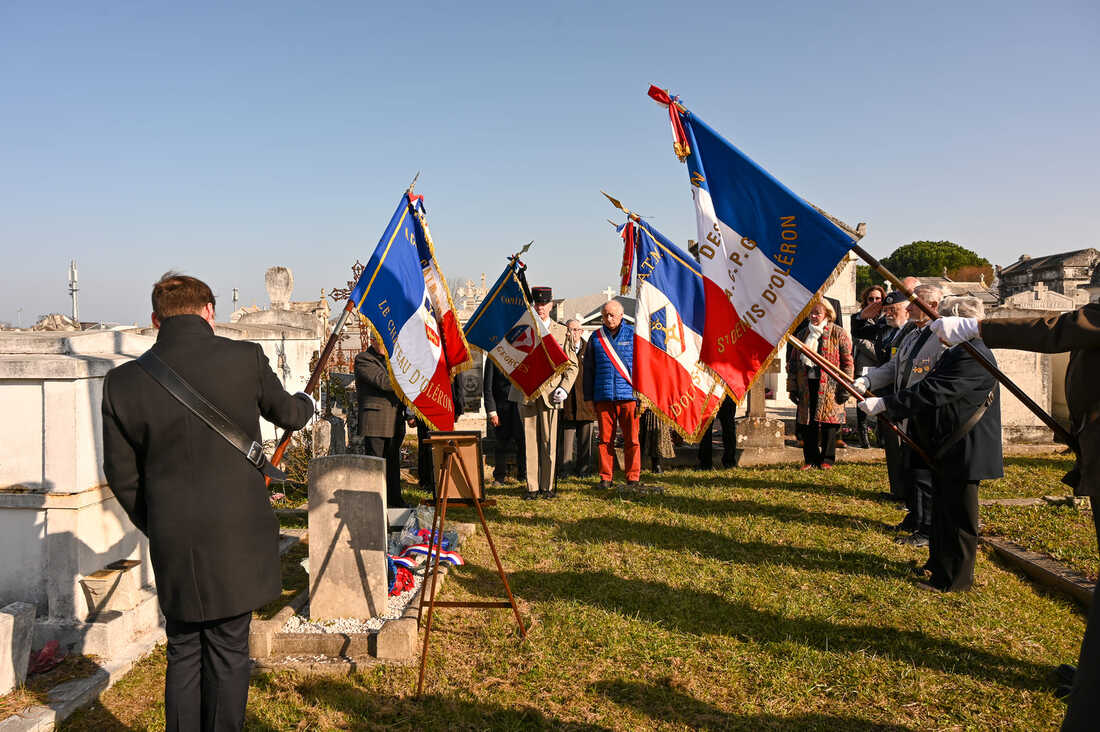
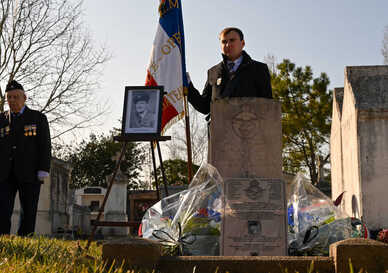
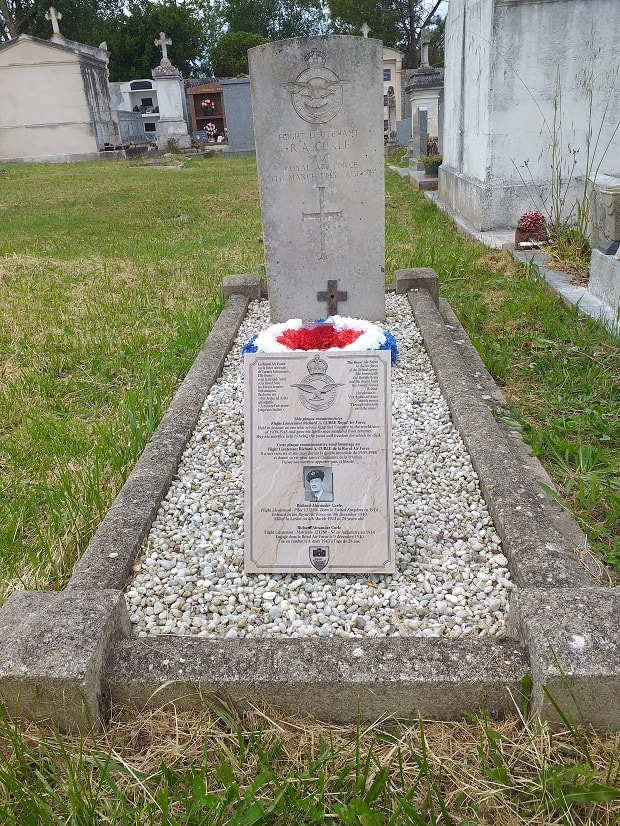
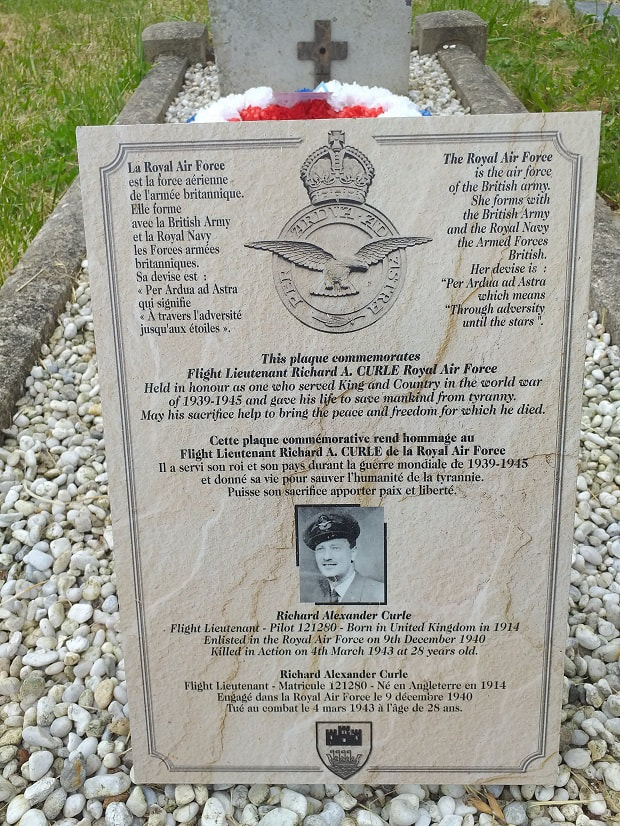
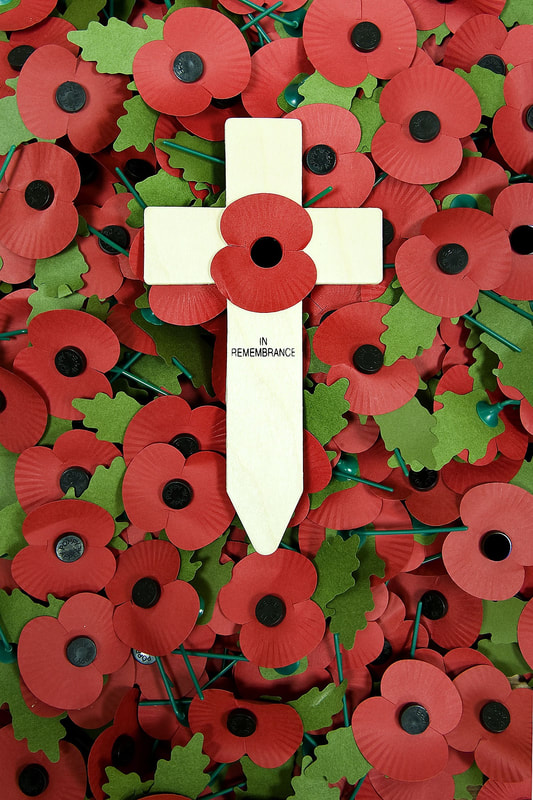
 RSS Feed
RSS Feed